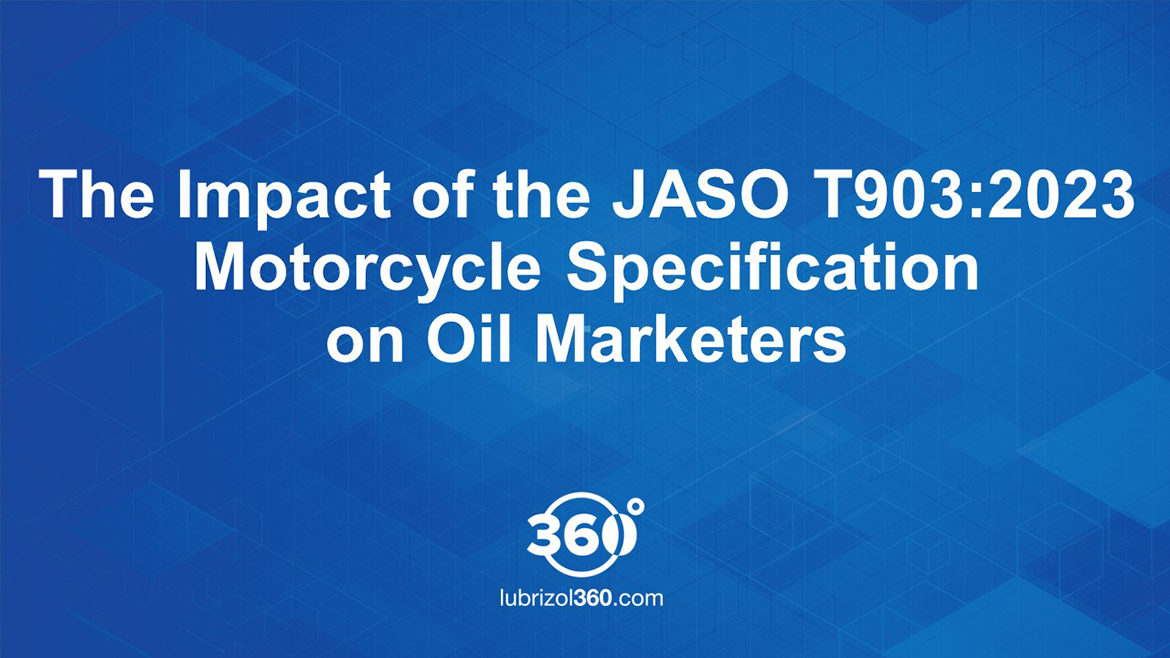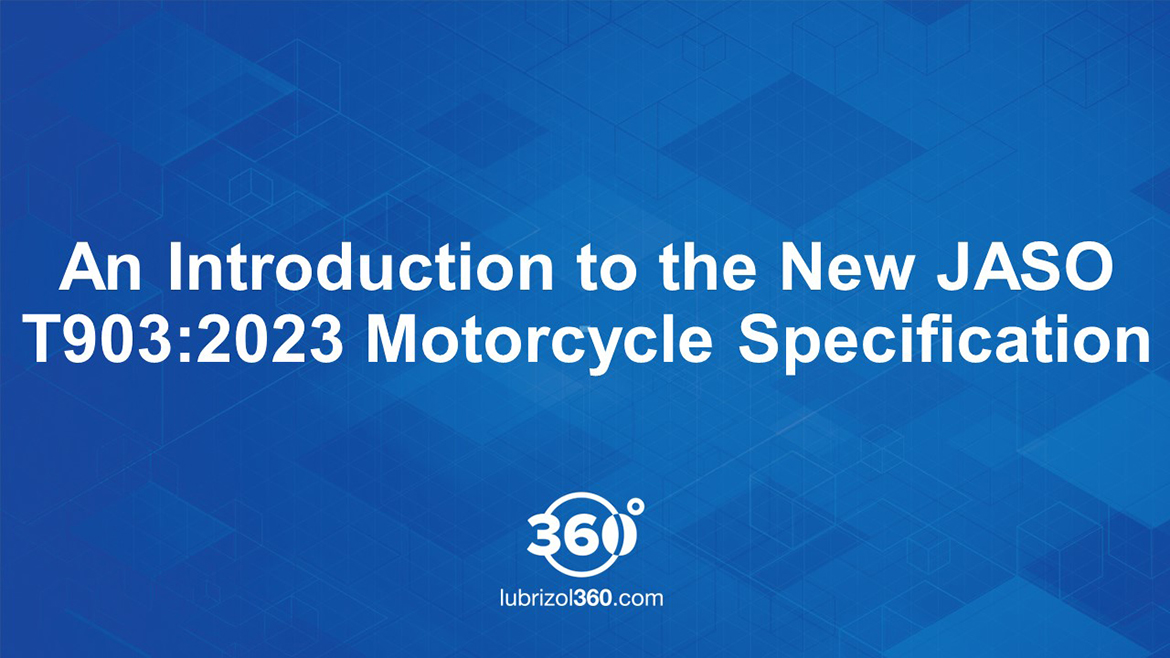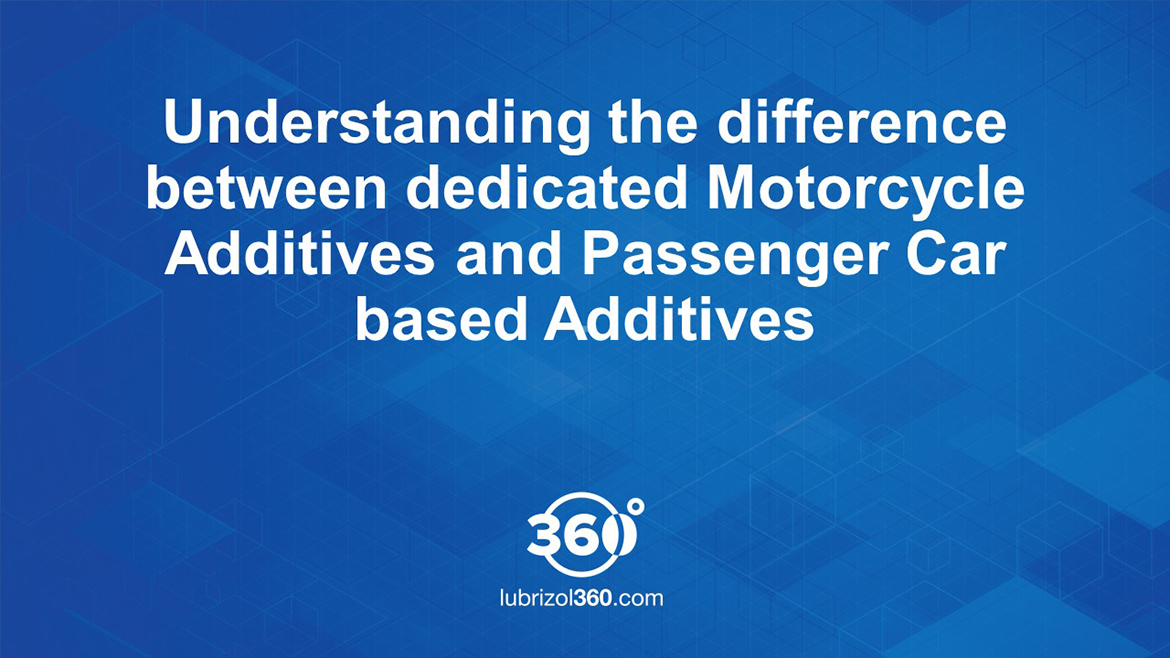In the ideal world, stakeholders in the lubricant business and users would relish the opportunity for commonality between passenger car engine oils (PCEO) and motorcycle engine oils (MCEO). However, in reality, there are fundamental, unique lubricating challenges that exist for 4-stroke (4T) motorcycles, compared to passenger cars. These issues have clearly demonstrated the need for a dedicated 4T MCEO in place of standard PCEO.
At the heart of the matter are the architectural differences between key components in the two vehicle types. In 4-stroke motorcycles, the engine, the wet clutch and the gearbox are all housed in a singular unit and, as a result, all three components are lubricated by the same oil. However, a glance at a passenger car engine immediately shows that it is separated from the gearbox, as well as the clutch. As a result, different lubricants are used, each of which is specific to a particular mechanical unit.
Engine differences
Four-stroke motorcycle engines also operate at higher speeds, compared to their passenger car counterparts. They have much higher power density ratings, which cause more stress on the motorcycle oil.
Cooling systems of the two types can also influence the decision on which type of oil is best to use. Many 4-stroke motorcycles are air cooled, especially smaller models with fewer cylinders, and therefore operate over a higher range of temperatures.
On the other hand, passenger car engines employ liquid cooling and are therefore able to maintain better temperature stability, generally operating within a lower temperature window. In particular, air-cooled motorcycles are more prone to temperature swings at the higher end of the scale.
Finally, a motorcycle’s oil sump is generally smaller than that found on a passenger car. This means that less lubricant is carried, and what oil there is onboard reaches a higher temperature than in a passenger car application.

The differences mentioned above contribute to making the 4-stroke motorcycle operating environment more severe than that of passenger cars, reaffirming the assertion that motorcycles are a unique application from a lubrication point of view.
Motorcycle oil challenges
The right formulation of motorcycle oils is important because they inherently need to perform under extremely severe operating conditions. The oils must provide engine durability under high operating temperatures, gear durability and rapid shifts, while preventing clutch slippage and improving/maintaining fuel economy.
While modern PCEOs are friction modified in order to meet fuel economy requirements, the friction modifiers employed can adversely impact clutch performance. As a result, they are not suitable for use in motorcycle applications with a wet clutch configuration.
MCEO, not PCEO
There are three key reasons why PCEO lubricants continue to be used for 4-stroke motorcycle engines: lack of awareness of the technical issues involved, logistic simplicity and cost considerations.
As illustrated above, these three reasons do not outweigh the fact that PCEO lubricants do not provide the optimum performance needed for 4-stroke motorcycle engines.
Using a dedicated 4-stroke motorcycle lubricant is the right way to ensure a satisfactory riding experience and longer equipment life.



.jpg?h=658&w=1170&la=en&hash=1AEFFE4F0D96D91AD1D573C5986A3D30)

.jpg?h=658&w=1170&la=en&hash=F051DD2E78BEB30AA9C87A6F3D2BB06D)
.jpg?h=658&w=1170&la=en&hash=2DEEF13172DE3CF243E21672AE444A02)


